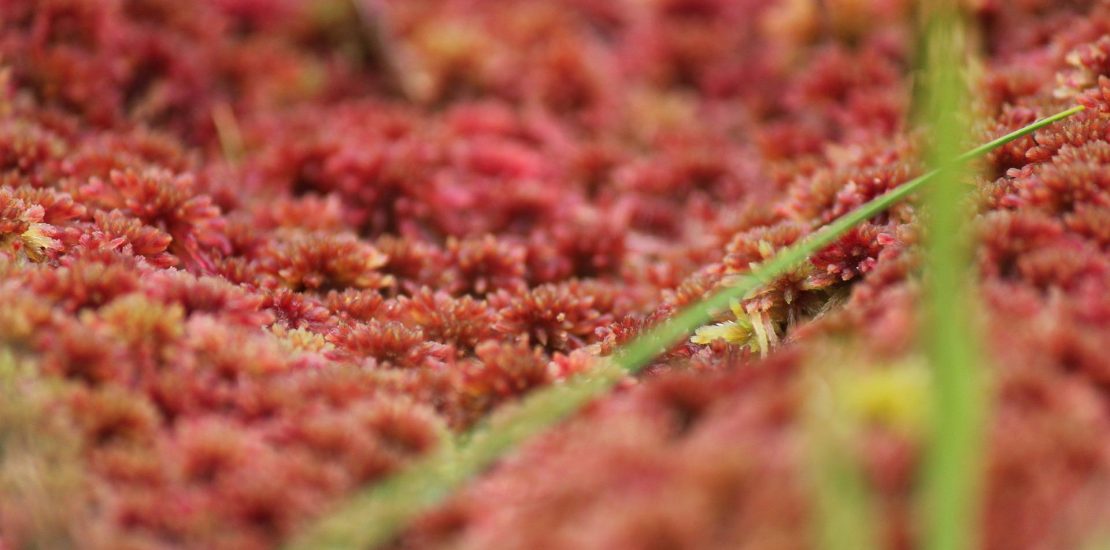New research reveals that sphagnum moss can be used as an effective natural flood management strategy
- October 3, 2022
- Posted by: Sinead Sprigg
- Category: Agriculture, Environmental, Technology & Innovation, Water Issues

Six years ago, Moors for the Future Partnership (UK) planted over 50,000 sphagnum plugs on the highest peak in the Peak District National Park. The site has formed part of an ‘’Outdoor Laboratory’’, created in 2010 to study the impacts of restoring peat compared to leaving it bare.
Now, scientists have discovered that the moss significantly slowed down water running off the hills after rainfall, reducing peak streamflow by 65%. The time it took the water to enter the river system was also markedly slowed down due to the presence of the moss. These findings suggest that sphagnum moss can be used as an effective natural flood management strategy – reducing both the likelihood and severity of flooding.
Chief Executive of the South Pennines Park, Helen Noble, says,
“These sphagnum planting findings are fantastic news for the communities that are most vulnerable to flooding in the South Pennines.
It has never been more important to build natural flood resilience into our landscapes, both for the natural environment and for communities at risk. These results from Moors for the Future Partnership’s research show that extensive sphagnum planting could play a huge part in preventing future flood devastation.”
As well as accumulating over time to create new layers of peat – an essential carbon store – sphagnum is able to absorb up to 20 times its own weight in water, holding water flow on the hills, rather than allowing it to overwhelm river systems below.
Research and Monitoring Officer at Moors for the Future Partnership, Tom Spencer, says,
“The risk of flooding is increasing all the time as our climate changes, and we see more frequent extreme storm events. Effective NFM (Natural Flood Management) strategies have never been more important, and these remarkable findings prove sphagnum planting on peat moorland to be a powerful tool in minimising the risk and severity of flooding.”
